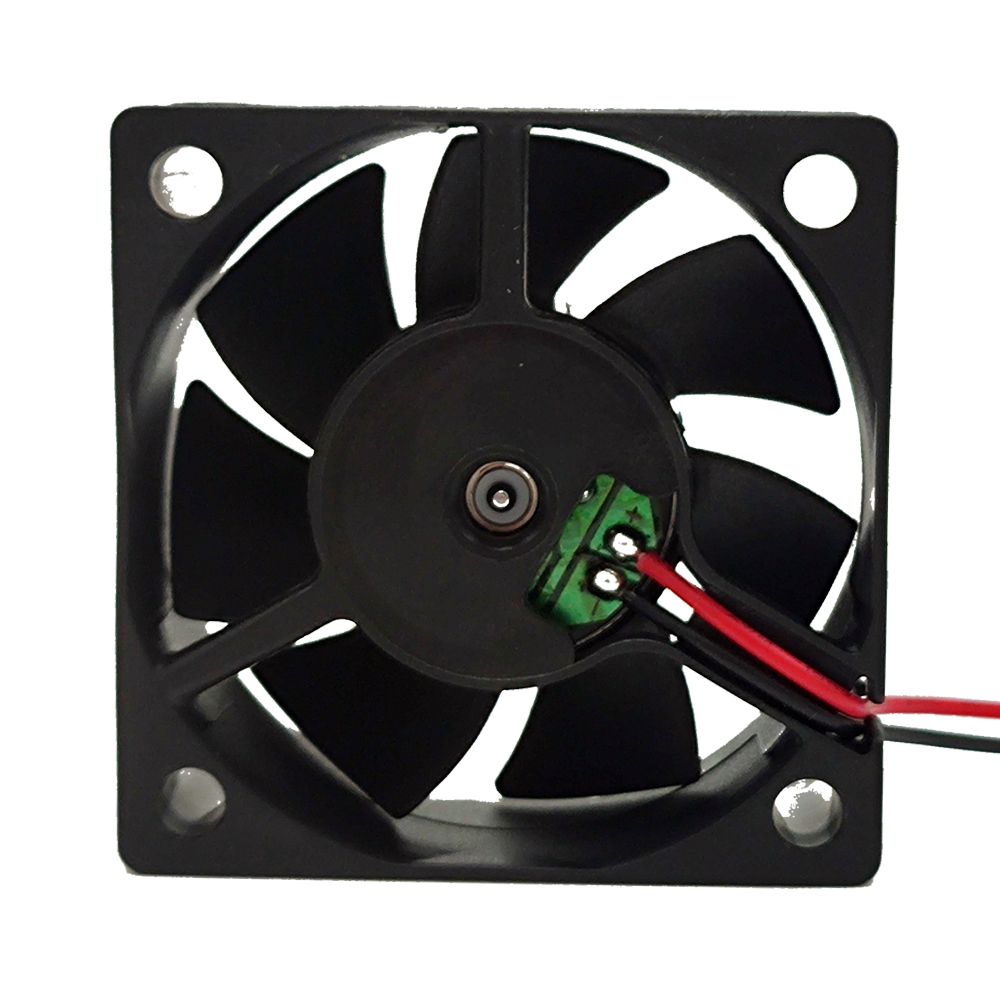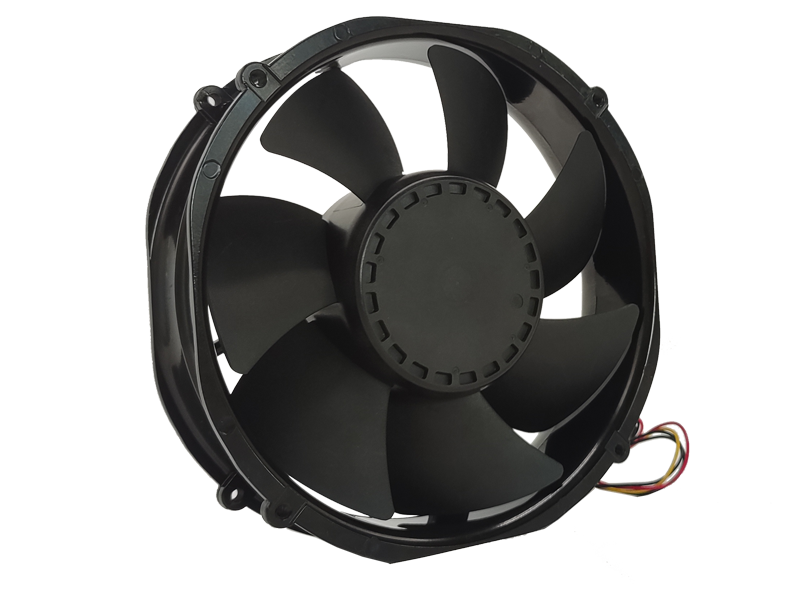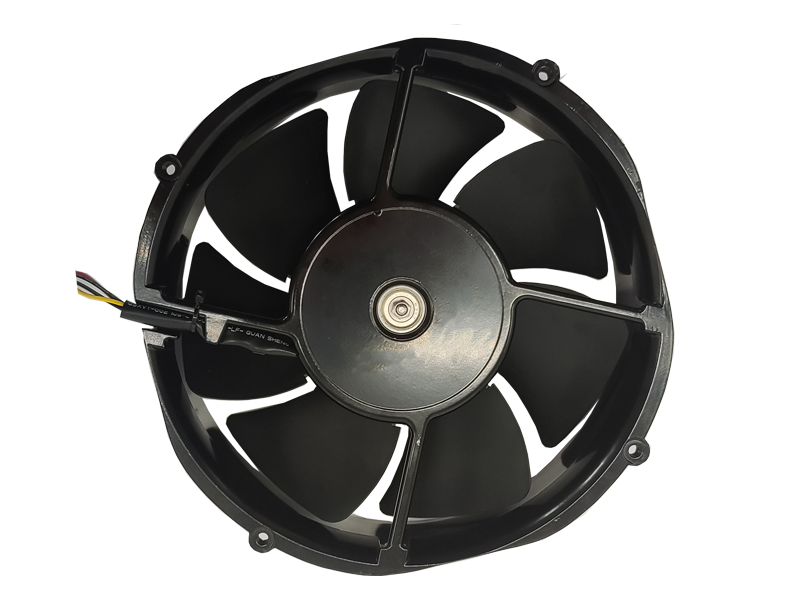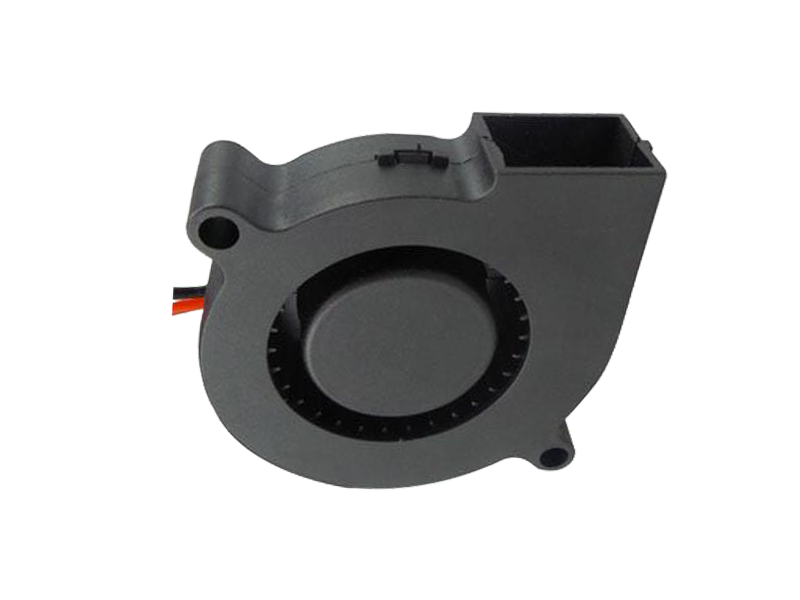In industrial operations, the role of energy efficiency cannot be overstated. With the rising costs of energy and increasing environmental concerns, manufacturers are constantly seeking ways to optimize their operations while minimizing their energy consumption. One often overlooked but essential component in achieving energy efficiency is the industrial fan. These fans, which are found in various manufacturing environments, play a vital role in temperature regulation, ventilation, and air quality control. The selection and implementation of high-performance industrial fans can lead to significant energy savings and reduced operational costs.
This article explores how industrial fans contribute to energy efficiency in manufacturing operations, the factors influencing fan efficiency, and how modern fan technologies are evolving to meet the sustainability needs of today’s industries.
1. The Importance of Energy Efficiency in Industrial Ventilation
Energy efficiency is increasingly critical for businesses looking to cut operational costs and comply with sustainability regulations. Industrial fans are central to a variety of processes, including cooling systems, air circulation, and exhaust ventilation. In many manufacturing facilities, fans run continuously to maintain airflow and remove heat or pollutants from production areas. Given that these fans can consume a significant portion of a facility's energy, improving their efficiency can result in substantial energy savings.
1.1 High-Performance Fans for Reduced Energy Consumption
The selection of high-performance industrial fans is critical for achieving energy savings. Traditional fans often operate at full capacity, even when there is little demand for airflow. This constant operation leads to unnecessary energy consumption. High-efficiency fans, however, can be tailored to operate based on real-time needs, using technologies like variable speed drives (VSDs) and automated controls to adjust fan speed and airflow based on temperature or occupancy levels.
By implementing these intelligent control systems, manufacturers can reduce energy usage during periods of low demand without sacrificing airflow performance.
1.2 Energy Efficiency as Part of the Larger Sustainability Strategy
Energy-efficient industrial fans are just one component of a broader sustainability strategy that many manufacturers are adopting. Beyond reducing costs, these fans contribute to meeting environmental goals, such as reducing carbon emissions and complying with government regulations on energy consumption. When used in conjunction with other energy-saving measures, such as LED lighting, smart thermostats, and energy-efficient heating and cooling systems, industrial fans can play an essential role in achieving a facility's sustainability objectives.
2. Factors Affecting the Energy Efficiency of Industrial Fans
Several factors influence the energy efficiency of industrial fans. Understanding these factors can help businesses make informed decisions about fan selection and operation.

2.1 Fan Design and Blade Efficiency
The design of the fan blades and housing directly impacts the fan's ability to move air efficiently. Fans with advanced blade geometries, such as airfoil blades, can reduce turbulence and resistance, leading to better airflow and less energy consumption. Additionally, the shape of the fan housing and the use of optimized materials can help minimize energy losses during operation.
2.2 Motor Efficiency
The motor used to drive the fan plays a significant role in overall energy efficiency. Motors with higher efficiency ratings, such as those with permanent magnet designs, consume less power while delivering the same or greater performance. Using high-quality, energy-efficient motors reduces energy consumption and prolongs the lifespan of the fan system.
2.3 Fan Speed and Control Systems
Fan speed control is another key factor in energy efficiency. Variable speed fans, equipped with intelligent control systems, adjust their speed based on real-time airflow requirements. This allows the fan to operate at optimal efficiency, reducing energy usage during times when maximum airflow is not needed. In addition, automated control systems can optimize fan operation based on environmental factors, further enhancing energy savings.
2.4 System Integration
Integrating industrial fans into broader energy management systems is essential for optimizing efficiency. These systems can be programmed to monitor real-time energy consumption and make adjustments to fan operation as needed. This integration allows businesses to manage their energy usage more effectively, ensuring that fans are only running when necessary and at the appropriate speed.
3. Innovations in Industrial Fan Technology for Energy Efficiency
As the demand for energy-efficient solutions continues to rise, industrial fan manufacturers are investing in innovative technologies to improve fan performance and reduce energy consumption.
3.1 Smart Fans with IoT Integration
Internet of Things (IoT) technology is revolutionizing the way industrial fans operate. IoT-enabled fans can be remotely monitored and controlled through cloud-based platforms, allowing facility managers to track performance, detect issues early, and optimize fan operation for energy efficiency. This technology also enables predictive maintenance, reducing downtime and ensuring that fans are always operating at peak efficiency.
3.2 Advanced Motors and Variable Frequency Drives
Modern industrial fans are increasingly using advanced motor technologies, including high-efficiency permanent magnet motors (PMMs) and variable frequency drives (VFDs). These technologies allow fans to adjust their speed to match the required airflow, preventing energy waste and reducing operational costs. By enabling precise control over fan speed and airflow, these technologies offer significant energy savings compared to conventional fans.
3.3 Aerodynamic Design Improvements
New developments in fan blade and housing designs have led to more aerodynamically efficient fans. These fans reduce resistance and maximize airflow, delivering higher performance at lower energy consumption levels. More efficient fan designs contribute to the overall energy efficiency of ventilation systems and help businesses meet their sustainability goals.
4. Conclusion: The Future of Energy-Efficient Industrial Fans
Industrial fans are critical to the smooth operation of many manufacturing processes, and their role in energy efficiency cannot be ignored. As businesses seek to reduce their energy consumption and carbon footprint, high-performance industrial fans with advanced features such as variable speed drives, energy-efficient motors, and smart control systems will become increasingly important.
The future of industrial fan technology lies in the development of smarter, more sustainable solutions that help manufacturers meet their energy efficiency and sustainability goals. By making the right choices in fan selection, installation, and maintenance, businesses can not only save on energy costs but also contribute to a more sustainable industrial ecosystem.
Recommended Products

The main purpose:Car charging station

The main purpose:Car charging station

The main purpose:Electronic refrigerators, water dispensers, direct drinking machines, inverter power supplies
Address:No. 4137, Longgang Avenue (Henggang Section), Henggang Community, Henggang Street, Longgang District, Shenzhen
hotline:13530005572(Chen)15112579390(Li)


Welcome all friends to come for consultation and negotiation.
Copyright 2024 @ Shenzhen Youneng Xinyuan Electronics Co., Ltd.,(industrial fans,industrial blowers,axial fans,cooling fans manufacturer,centrifugal fans,ac cooling fans,dc cooling fans)